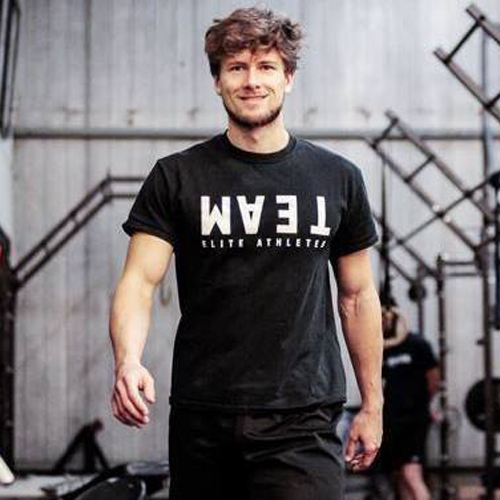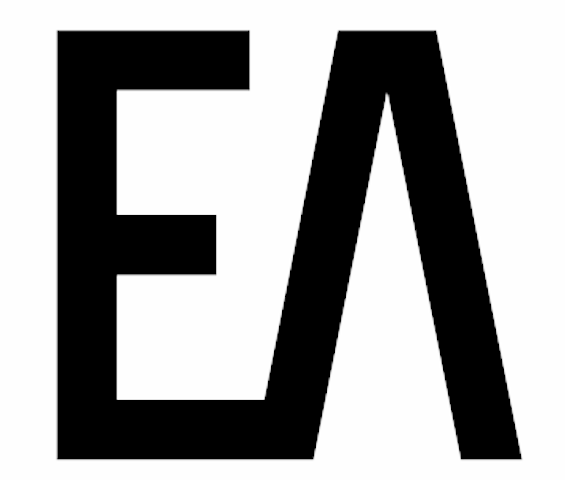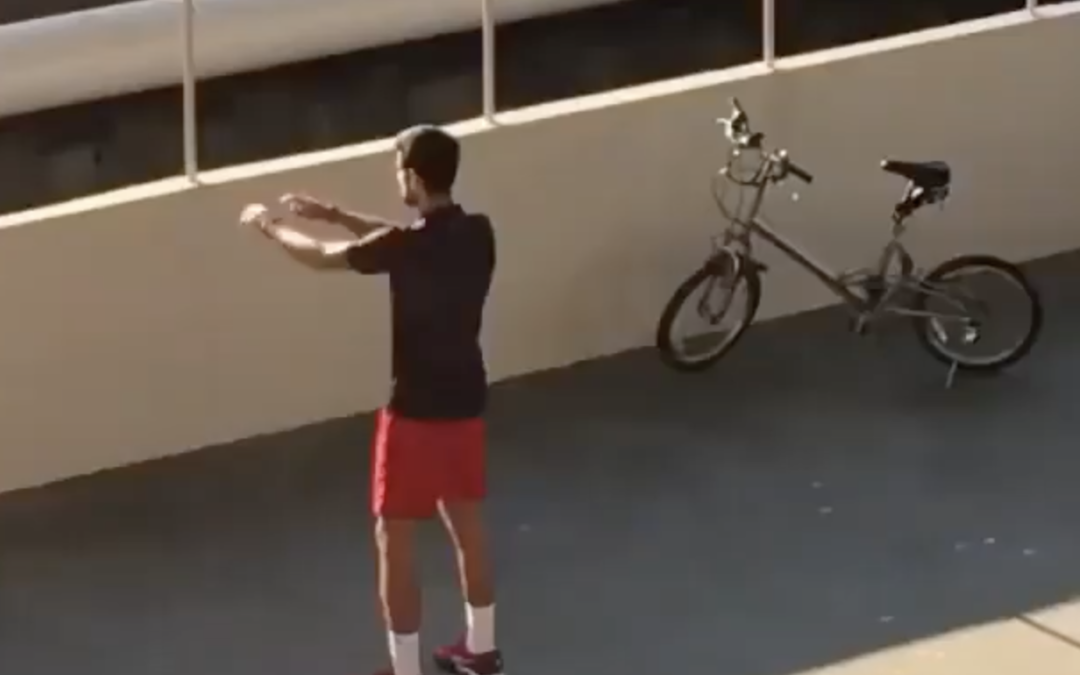A player came to me last week describing how he had pulled his left side hip a little bit.
He showed me how it had happened: he stood in a ready position and then exploded into a first step.
After doing some light massaging and a mobility exercise to ease his nervous system, I told him, this is one of the most important steps in the game and he should own this one.
He should be practicing this move all the time.
I showed him a basic coordination combo to practice as “home work.”
Situations like these are one of the reasons why we emphasize coordination and rhythm training so much with our players.
Look at this video of Djokovic before one of his recent matches at Roland Garros.
He’s not doing anything special here.
It is really quite basic.
Why would the best tennis player in the world be wasting his time on this?
What do we see objectively?
- He is swinging his arms from back to front…
- He is checking the connections going from feet to his knees to his hips into the arm swing…
- He is testing different rhythms with his arms…
- He is finding his ‘grounding’ in his feet…
These are things we objectively see. Why he is doing it? That’s something for journalists to ask.
What I take out of this clip is that the best athletes, in whatever sport, have developed an extraordinary inter-connection between their joints that makes their movement look effortless (one sign is you think you could do it too):
- Their body moves as one unit, one “explosively charged being”
- They can shift between tension and relaxation very quickly
- They have infused their body with the exact physical intelligence patterns necessary for their sport
If we look at our game and do a ‘cross-motion’ analysis of basketball we see certain patterns that high-performing players own, such as
- shooting motion
- pivoting motions
- forward, back, side stepping motions
(And of course… the combination of all of these in rhythmical variety with the ability to perform them under pressured circumstances they meet in actual games)
From these we can extract a small amount of basic coordinations that we can teach our players to repeat in their game warmups, to prep for shooting practice, to learn to find rhythm for new dribbling moves, to prevent re-occuring injury, etc. the application is endless.
The aim is developing effortless power.
The better the communication developed between all joints of the body, the easier production of powerful motion becomes.
The energy can be directed towards shooting the ball, jabbing a foot, exploding in a quick first step, stepping back into a shooting motions,…
The invisible ‘sub-base’ that allows a body to do that is coordination and rhythm – something Djokovic allowed us to see above in an absolute basic.
At EA we want to give our players the tools to design their own game.
Our aim in athletic development is to cultivate the body that can carry your game – for as long as possible.
To give a sample, here is the basic front back arms motion Djokovic was doing extended to more basketball-like coordination and rhythm.
There are many more directions we can take this type of “athletic dance.”
We start all our players out with the first two basics.
As they improve we progress them to more complex combos.

Olivier Goetgeluck is co-founder of Elite Athletes and has the role of Play-Perform Director at the Elite Academy. He is educated as an instructor at Fighting Monkey Practice. Follow Olivier through instagram @goetgeluck or connect at olivier.goetgeluck@eliteathletes.be.

